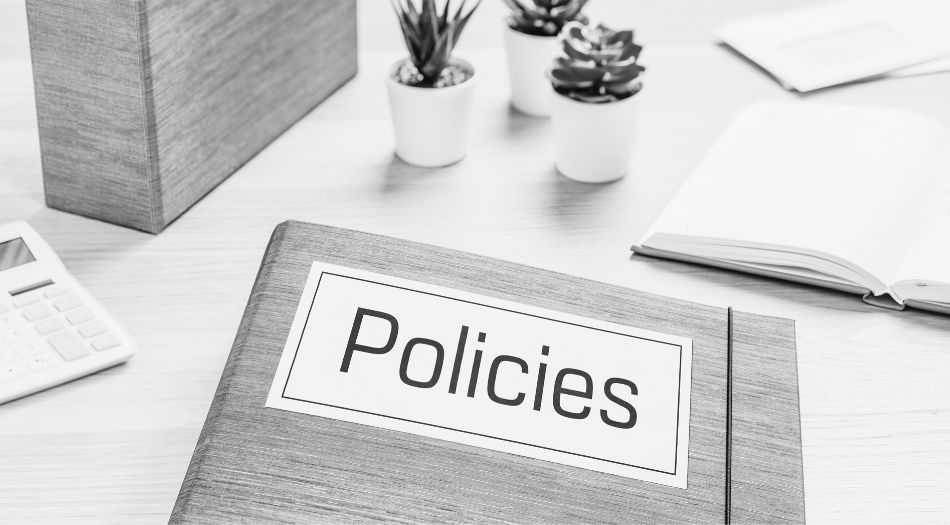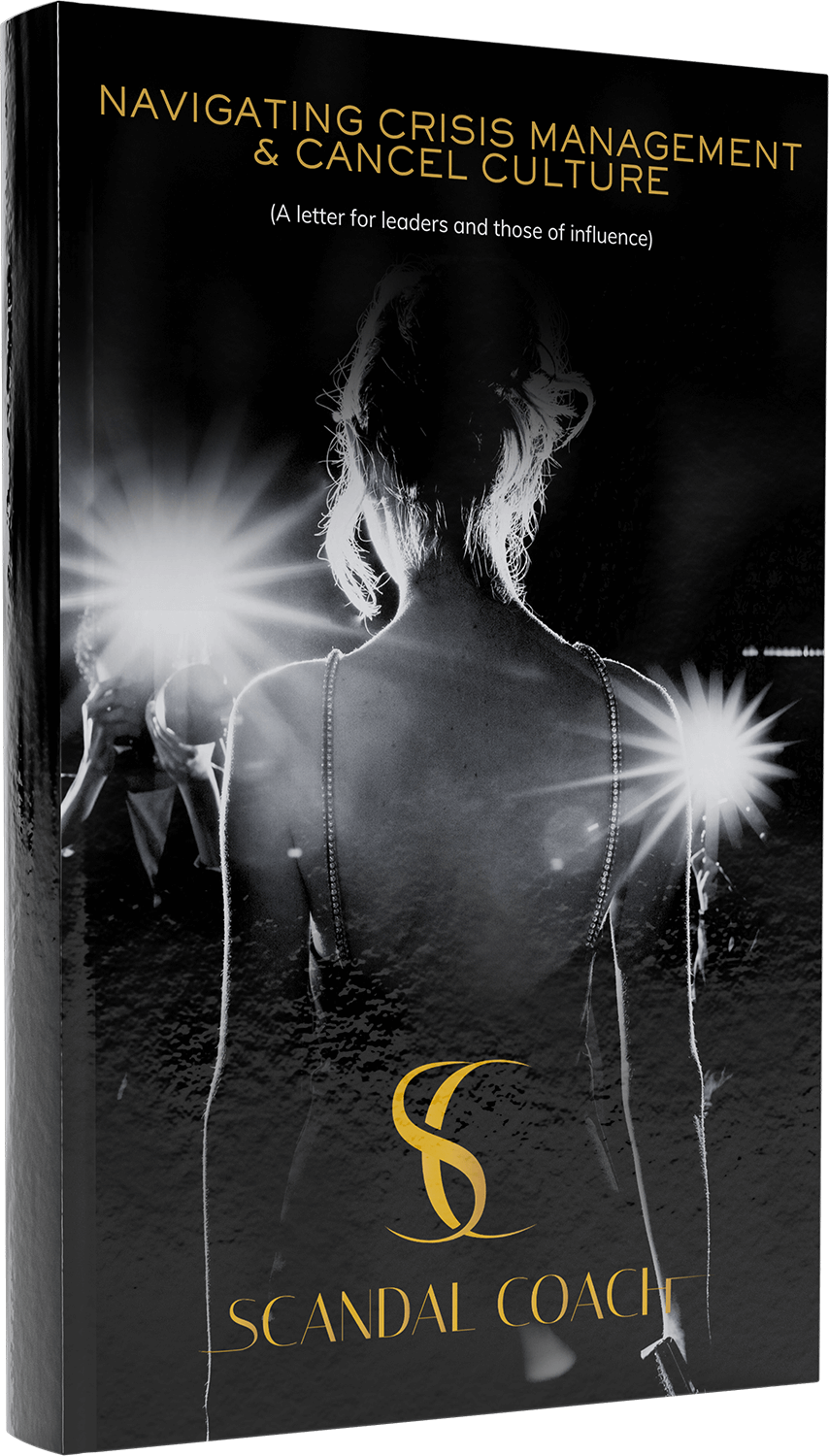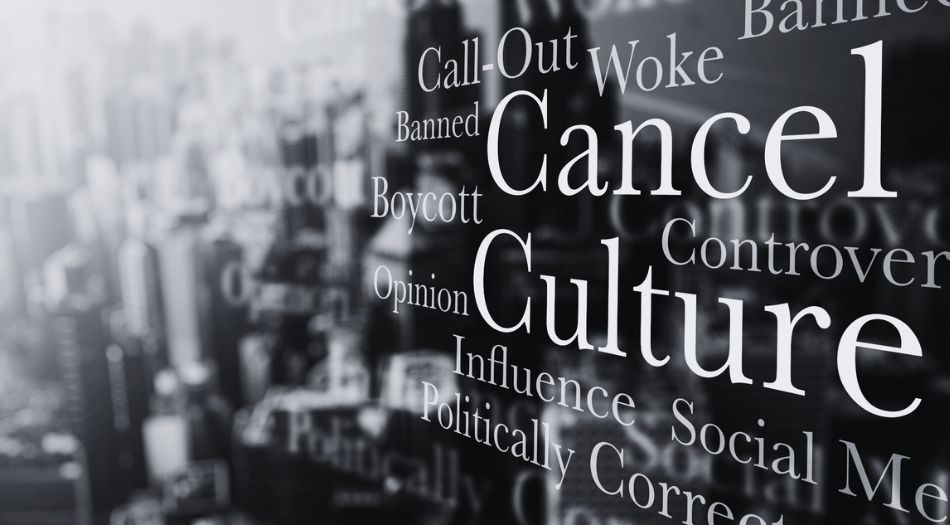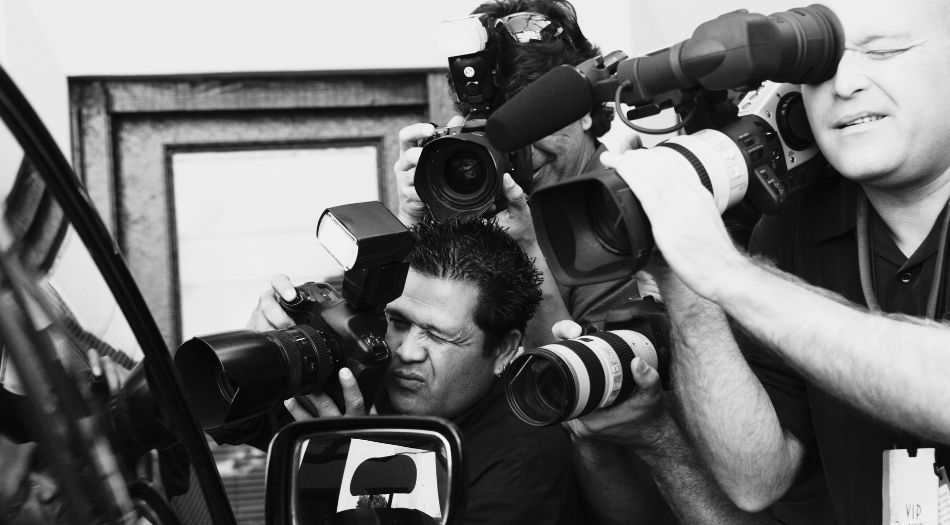Key Takeaways
- Strategic provocations in politics, inspired by figures like Maximilien Robespierre, have been used to stimulate public discourse and incite change; controversies can be leveraged as a tool rather than being mere incidents.
- Efficient crisis management involves pre-established PR strategies, such as a dedicated crisis team, responsive and transparent communications, and maintaining a proactive social media presence to manage public perception.
- Building and sustaining resilience in the face of controversy is multifaceted; it requires mental fortitude, leveraging social networks for support, and crafting a compelling narrative of change to successfully pivot and redefine personal or brand identity.
The Art of Scandal: Harnessing Controversy for Change
“Today’s most divisive figures often use scandal as a strategic tool to disrupt the status quo and draw attention to their causes. At Scandal Coach, we’ve observed how these controversies, while risky, can galvanize public interest and create pivotal moments of change. These individuals aren’t just caught in a scandal; they’re harnessing its power to challenge perceptions and drive conversation. It’s a bold approach, leveraging the eye of the storm to shift narratives and impact societal discourse in profound ways.” Scandal Coach
In the realm of politics, scandals have often served as the fulcrum of change. Their impacts have rippled through American politics, triggering significant legislative changes such as the Logan Act of 1799. But do these scandals merely happen, or are they designed? Let’s explore the intriguing world of strategic provocations.
Scandals like the Eaton Affair and Crédit Mobilier have not just rocked federal government administrations but have also shifted political power dynamics, damaging presidencies. These political earthquakes are often the result of deliberate provocations by individuals or groups aiming to trigger public discourse and create change, sometimes even involving the military industrial complex.
This practice of harnessing scandal for political advantage continues to be relevant, guiding current and future revolutionaries in their strategic provocations. Can you imagine the infamous Maximilien Robespierre as such a so called provocateur?

Historical Provocateurs: Profiles in Controversy
Maximilien Robespierre, a key figure during the French Revolution and one of the prominent French revolutionaries, is a prime example of a provocateur. His vision of revolutionary virtue and political legitimacy was influenced by notable thinkers like Montesquieu and Rousseau. He believed that both terror and virtue were necessary to maintain popular government during times of revolution, a contentious stance that laid the foundation for political morality.
In June 1792, Robespierre took a radical stance, proposing an end to the monarchy and the establishment of a form of government that would be subordinate to the General Will, as opposed to a constitutional monarchy. Such provocations often led to aggressive political manoeuvres and set the stage for tumultuous changes within the French Revolution, including the possibility of an armed insurrection against King Louis XVI. You might wonder about the method behind this apparent madness.
Strategic Outrage: The Method Behind the Madness
Robespierre justified the strategic use of terror as necessary under the general principle of democracy, especially in dire circumstances. His belief in institutions predicated on the assumption of a good populace and corruptible magistrates spurred his controversial approach to governance.
Controversy, as you see, can be a strategic tool in politics for gaining visibility and prompting change. A natural question arises: how does someone navigate the ensuing storm of political struggle?
Navigating the Eye of the Storm: Immediate Reactions and Strategies
“Many of today’s most polarizing figures deliberately use scandals to disrupt and provoke, but the backlash this strategy provokes can be more overwhelming than anticipated. At Scandal Coach, we prepare our clients to not only initiate change but to also withstand the intense scrutiny that follows. It’s crucial to understand that the ripple effects of such disruptions can be far-reaching and harsher than expected, turning the tide of public opinion sharply. We equip you with the resilience and strategies needed to navigate these turbulent waters and emerge steadfast and focused.” Scandal Coach
As the dust flies and the storm rages, being proactive is crucial. This involves preparing for potential crises by implementing preventive measures and training.
You may question how one prepares for the inevitable media barrage that follows a scandal, such as one involving the Catholic Church.

Media Onslaught: Preparing for Press Battles
The secret lies in establishing a pre-determined PR crisis team with a clear communications protocol. A unified and informed voice is maintained by funnelling all communications through this team, which can involve transparent messaging from high-level executives.
Acknowledging issues quickly and showing real human concern help mitigate further discontent and illustrate a commitment to resolution. Identifying and addressing the needs of all affected parties, from employees to the media, is a crucial part of managing PR crises effectively. The question remains: how to handle the backlash with finesse?
Public Perception: Managing Backlash with Finesse
It begins with having a pre-established plan for handling negative comments. Continuous monitoring of the brand’s online public perception is key, including tracking discussions on social media and search engine results.
Presenting a truthful and comprehensive narrative that engages the community and demonstrates accountability is crucial for regaining trust. Proactive and reactive communication through social media is an indispensable part of managing a crisis and maintaining public perception. You might then ask how one remains steadfast amidst such controversy.
The Resilience Playbook: Standing Strong Amidst Controversy
“Standing strong in the face of controversy, especially one you’ve initiated, requires more than just initial courage; it demands sustained resilience. At Scandal Coach, we understand that even the boldest disruptors can feel the weight of public pressure. That’s why we focus on fortifying your resolve and ensuring you have the tools to withstand criticism without cracking. It’s about maintaining your stance with integrity and strength, even when the storm is at its fiercest. We help you turn controversy into a testament of your resilience and commitment to your principles.” Scandal Coach
Resilience is key in the face of controversy. Developing awareness of personal stress signals and responding proactively, such as incorporating exercise, healthy eating, and sufficient sleep into daily routines, can fortify an individual’s resilience.
Strategies such as:
- meditation practice, leveraging your innate ability to centre yourself
- focusing on operating equanimously, training yourself to be the ‘observer’ of ‘what is’
- repetition / enforcement of personal boundaries
- reframing language – language creates the reality of your world if you want the world to change, change your language
to name a few help in staying composed and constructive. However, maintaining psychological strength amidst controversy requires more than just personal coping strategies.

Mental Fortitude Training
Chronic stress can lead to:
- Difficulties in concentration
- Mood issues
- Burnout
- Various health problems
Hence, having proactive coping strategies in place before a crisis occurs can strengthen mental resilience in stressful situations. Professional support in managing stress is advisable to maintain mental well-being.
Furthermore, compassionate accountability helps balance understanding the effects of one’s actions with the capacity for personal change. The question arises: how can we utilize our connections for emotional resilience?
Social Support Systems: Leveraging Connections
Staying connected with friends, family, and support groups can provide reassurance and aid stress resilience. However, while solid networks of support are overall beneficial to mental health, negative interactions within one’s social circle can have a more harmful impact than the absence of support.
Promoting constructive dialogue and restorative practices offers a viable alternative to the immediate ostracism typically seen in cancel culture. Scandal Coach plays a crucial role in providing specialized support to navigate these challenges. The challenge lies in transitioning from notoriety to trust.
From Notoriety to Trust: The Road to Redemption
“Creating trust in the midst of a scandal, particularly one you may have sparked, begins with transparency and intention. At Scandal Coach, we guide our clients on how to openly communicate their motivations and actions, even when under immense pressure. It’s about demonstrating commitment to rectifying any harm caused and showing a genuine effort to make amends. Trust isn’t just rebuilt on actions but on the sincerity and consistency of your response. We support you in crafting a strategy that not only addresses the immediate fallout but also re-establishes long-term trust with your audience, stakeholders, and yourself.” Scandal Coach
Rebuilding public trust and professional credibility after a controversy is no easy feat. It requires:
- Engaging in ethical leadership
- A commitment to consistent messaging
- Patience and perseverance
- A long-term, sustained effort
- Active engagement with stakeholders
These steps are essential for rebuilding a damaged reputation.

Crafting a Narrative of Change
Creating a compelling narrative of change after a controversy is essential. Here are some key points to consider:
- Highlight the complexity of the issues involved
- Acknowledge different points of view
- Emphasize the commitment to change and improvement
- Maintain consistency in the narrative about recovery and progress
By following these guidelines, you can effectively communicate your commitment to change and reinforce your efforts to improve.
Addressing past scandals by investigating thoroughly and communicating effectively with the public is key to sustaining impact and maintaining trust. The challenge at hand is regaining professional stability.
Regaining Professional Footing
Creating and tracking progress through measurable goals demonstrates a firm commitment to regaining a professional stance after a scandal. Forming partnerships with reputable organizations can be a strategic move, addressing issues that led to the scandal and aiding in the recovery of professional credibility.
Monitoring the effectiveness of recovery strategies is crucial, using data and feedback to align with best practices for a successful professional resurgence. Trust rebuilding is incremental, relying on demonstrating unwavering commitment to the new brand identity and the betterments adopted.
A natural query is how to sustain impact and keep the conversation going beyond the news cycle.
Beyond the Headlines: Sustaining Impact and Conversation
“Sustaining change in the wake of a controversy that was deliberately ignited requires a strategic and conscientious approach. At Scandal Coach, we emphasize the importance of channelling the initial disruptive energy into long-term, positive transformations. It’s about harnessing the momentum of the scandal to implement enduring reforms and innovative practices. We guide our clients to not only navigate the immediate fallout but also to build a legacy that reflects their true intentions and revolutionary spirit. Change instigated by scandal can be profound, but its permanence will depend on how genuinely and effectively it is managed and integrated into the broader narrative.” Scandal Coach
Once the scandal subsides, the real work begins. Revolutionaries can sustain the changes they’ve catalyzed post-controversy by continuing to impact their fields positively. But this involves a redefinition of personal or brand identity, and being vigilant against counter revolutionaries who may attempt to revert the progress made.

Pivoting with Purpose: Redefining Personal or Brand Identity
A company must follow these steps for successful rebranding post-crisis:
- Acknowledge the issue at hand.
- Conduct thorough research.
- Develop a new visual identity.
- Use transparent communication.
- Monitor feedback.
The rebrand should visibly reflect the company’s new direction, with a visual identity that resonates with the redefined core values and strategic goals.
Understanding the target audience and tailoring communications to their perspectives, alongside implementing policy changes, can positively reshape public opinion and identity. It’s worth considering how one can maintain the momentum of the conversation.
Continuing the Discourse: Keeping the Momentum
Actively listening and responding to feedback, questions, or suggestions keeps a revolutionary idea central in discussions. Implementing long-lasting strategies such as advocating for new legislation and promoting new social norms can ensure the permanence of revolutionary ideas.
Shaping the public discourse can be achieved by influencing media coverage to highlight less visible aspects of a cause, bringing them into the spotlight. You might question how one adapts to the long-term consequences of a scandal.
Navigating New Normals: Adapting to Long-Term Repercussions
Long-term exposure to cancel culture can lead to significant mental health challenges, including anxiety, depression, and a profound sense of social isolation.
Adapting to long-term repercussions of controversy and shifting public opinion is therefore critical.
Changing Tides: Responding to Shifts in Public Opinion
Responding to shifts in public opinion involves assessing the evolving sentiments and adapting messaging accordingly. Tailoring tactics to increase message effectiveness requires an understanding of the audience’s familiarity with the issue at hand.
Messages should be designed to resonate with the audience’s level of awareness and perspective on the issue. Effectively adapting communication strategies can lead to sustained influence and impact amidst changing public dynamics. The question remains: how does a revolutionary become an integral part of society’s fabric?
From Revolutionary to Mainstream: Integrating into Society’s Fabric
Embracing compassionate and informed approaches helps once controversial figures become accepted and influence future generations in the realm of human rights. The journey from revolutionary to mainstream involves a combination of resilience, redemption, and continuous engagement in discourse, especially during the transformative period of the twentieth century in world history.
Ready to create a revolution?
The art of scandal is a strategic dance involving careful planning, resilience, and a commitment to change. Harnessing controversy for change is not for the faint-hearted; it requires mental fortitude, strategic planning, and an unwavering commitment to a cause.
Whether you’re a budding revolutionary or a seasoned veteran, the journey from notoriety to trust, and ultimately to mainstream acceptance, is a challenging but rewarding one. Let’s continue to shake up the status quo, disrupt the system, and harness the power of scandal for positive change.
Pre-plan your strategy with us at Scandal Coach: APPLY TO WORK WITH US.




